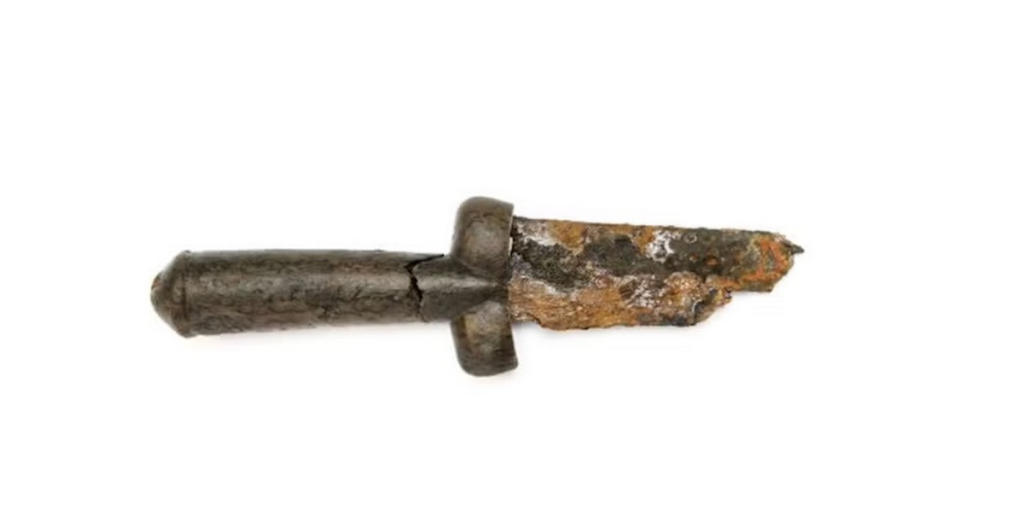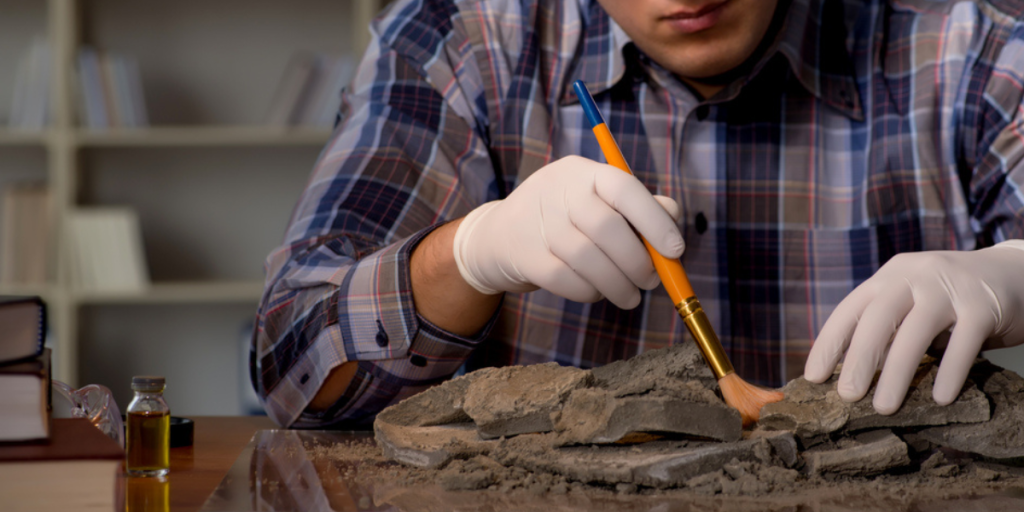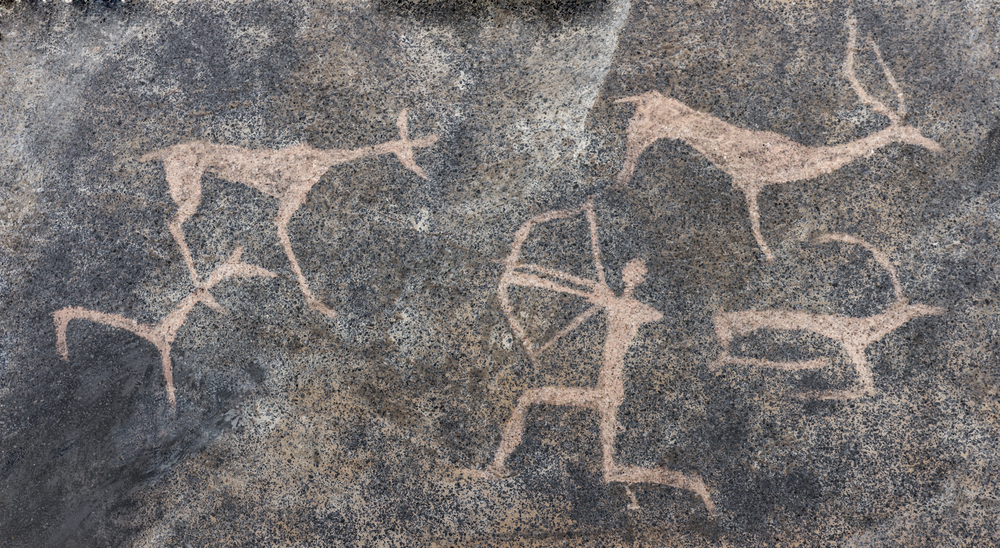Danish team finds 5,500-year-old ceremonial site hidden in Jordan’s hills
Others are reading now
Danish team finds 5,500-year-old ceremonial site hidden in Jordan’s hills
Ancient gathering place unearthed in Jordan

In the hills of central Jordan, Danish archaeologists have made a remarkable discovery: a 5,500-year-old ritual site, used not for living but for coming together.
The findings, led by a team from the University of Copenhagen, suggest that early Bronze Age communities used the site to perform ceremonies, cope with crises, and forge social unity in times of uncertainty, Videnskab.dk reports.
Monumental stones tell a ceremonial story

The site, located in Murayghat, is filled with large stone monuments known as dolmens, as well as other rock structures and carved stones.
According to a press release from the University of Copenhagen, these features point clearly to a ritualistic or ceremonial purpose rather than everyday habitation. There are no signs of typical homes—no floors, hearths, or domestic layout.
Also read
Built for community, not kings

Project leader Susanne Kerner explains that these monuments weren’t built under a single ruler’s command. Instead, they were likely the product of communal effort during a time of upheaval.
Kerner says the people were trying to “change the landscape and create a new sense of belonging”—a way to show unity and resilience when old systems no longer worked, she tells Videnskab.dk.
A society in crisis turned to ritual

According to Videnskab.dk, the researchers believe that the community behind Murayghat was experiencing a period of major disruption—possibly caused by environmental stress or internal societal breakdown.
According to the University of Copenhagen, there was no clear political leadership. In response, people gathered at places like Murayghat to explore new ways of living and find strength in shared identity and ritual practice.
Tools of the sacred, not the everyday

While no homes were found, the site revealed artifacts strongly associated with ceremonial use. These included large stone bowls, grinding stones, flint tools, animal horns, and even a few objects made of copper, Videnskab.dk reports.
Also read
As noted in The Journal of the Council for British Research in the Levant, such items are commonly linked with ritual activity rather than domestic life.
A gathering space shaped by belief

According to Videnskab.dk, the diverse range of stone structures—many deliberately shaped and positioned—suggests that Murayghat was a shared space where rituals reinforced social bonds.
Susanne Kerner highlights that the site offers rare insight into how early societies used landscape, symbolism, and collective labor to redefine their roles and relationships in times of change.
What we’ve learned

Murayghat wasn’t a city or a settlement—it was something deeper: a sacred meeting place in a time of need. Built during a social and environmental crisis, the site reflects how early humans used ritual, symbolism, and shared effort to create new forms of community.
The findings offer a powerful window into the emotional and cultural resilience of Bronze Age people, reports Videnskab.dk.
Also read
Ancient lessons for modern times

The discovery at Murayghat is more than a look at the past—it’s a reflection of how humans respond to crisis.
As the University of Copenhagen notes, the people who built these monuments used ritual and togetherness to face an uncertain future.
Their story reminds us that, long before writing or cities, people sought strength in community—and left their mark in stone.


